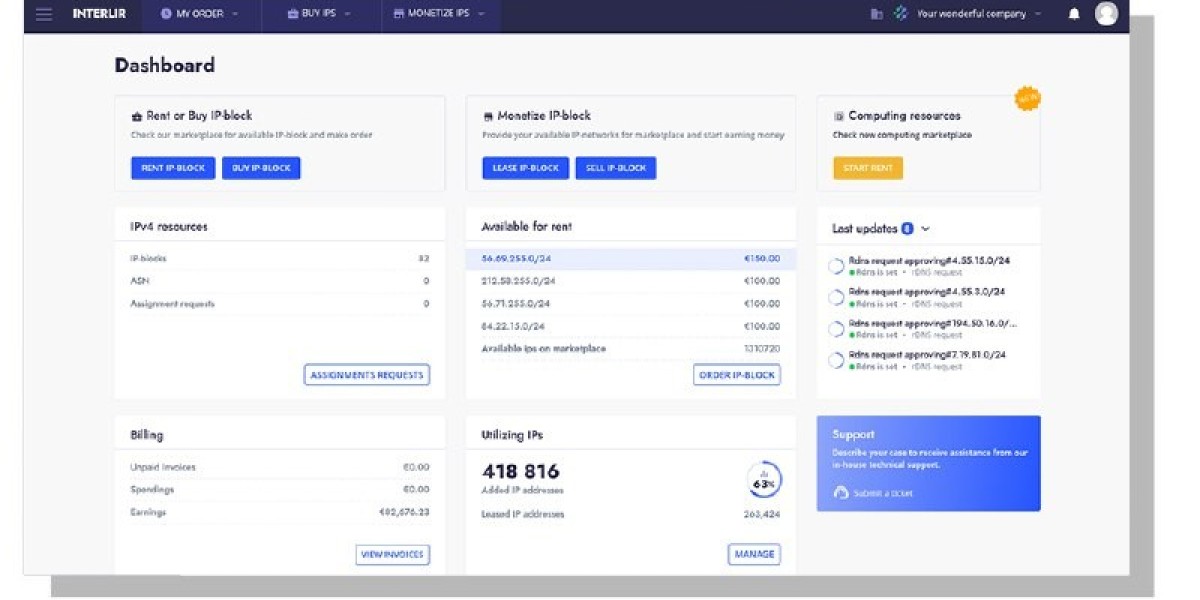Working in cold environments can be challenging and sometimes dangerous. From outdoor construction sites in winter to refrigerated warehouses, employees are exposed to extreme temperatures that can affect their health, productivity, and safety. Cold stress is a real hazard that can lead to frostbite, hypothermia, and other serious health conditions if not addressed properly. Employers have a responsibility to protect their workforce, and building an effective cold stress prevention program is key to achieving this. By investing in the right strategies and training, companies can ensure employee safety while maintaining operational efficiency. For organizations in Multan, enrolling staff in advanced safety training in Multan can be a vital step toward creating a safe work environment.
Understanding Cold Stress
Cold stress occurs when the body is unable to maintain a normal temperature due to prolonged exposure to cold environments. It affects the body’s ability to generate heat and can lead to a range of health issues. Some common forms include:
Hypothermia: A dangerous drop in body temperature that can be life-threatening.
Frostbite: Damage to skin and tissues caused by freezing.
Trench Foot: Tissue damage from prolonged exposure to cold, wet conditions.
Chilblains: Itchy, red patches on the skin caused by repeated exposure to cold.
Employees working outdoors or in refrigerated environments are particularly at risk. Understanding the symptoms and consequences is the first step in developing a prevention program.
The Importance of a Cold Stress Prevention Program
A structured cold stress prevention program provides guidelines to protect employees and minimize risk. Key benefits include:
Reduced workplace injuries and health-related absences.
Enhanced productivity, as employees can work safely without interruptions.
Compliance with occupational health and safety regulations.
Improved employee morale and retention by demonstrating care for worker safety.
Consider a small manufacturing company in northern Pakistan that experienced multiple frostbite cases among warehouse staff. By implementing a structured cold stress program, the company not only prevented further incidents but also noticed an increase in overall efficiency as workers felt safer and more confident on the job.
Steps to Build an Effective Cold Stress Prevention Program
Creating a cold stress prevention program requires a combination of planning, employee education, and practical controls. Here’s a step-by-step approach:
1. Assess Risk
Identify areas and tasks where employees may be exposed to cold stress. Factors to consider include:
Ambient temperature and wind chill.
Duration of exposure.
Type of work and physical activity level.
Existing medical conditions or vulnerabilities among employees.
Conducting a risk assessment helps prioritize interventions and allocate resources effectively.
2. Implement Engineering Controls
Engineering solutions minimize exposure to cold temperatures. Some options include:
Installing heating systems in indoor work areas.
Using windbreaks or shelters for outdoor operations.
Providing insulated flooring or mats in wet, cold areas.
These measures reduce direct exposure and help maintain worker comfort and safety.
3. Establish Administrative Controls
Administrative controls manage how work is conducted in cold environments:
Rotate workers to limit exposure duration.
Schedule heavy physical tasks during warmer parts of the day.
Provide frequent breaks in heated shelters or rest areas.
Monitor weather conditions and adjust schedules accordingly.
A simple checklist or rotation schedule can prevent prolonged exposure and reduce health risks.
4. Provide Proper Personal Protective Equipment (PPE)
Selecting the right PPE is critical for cold stress prevention:
Layered clothing for insulation and flexibility.
Thermal gloves, socks, and boots to prevent frostbite.
Hats and face protection to maintain core body heat.
Moisture-wicking underlayers to keep skin dry.
Proper PPE ensures employees remain protected without sacrificing mobility or efficiency.
5. Educate Employees
Training is a cornerstone of any safety program. Employees should know:
Signs and symptoms of cold-related illnesses.
First aid measures for hypothermia or frostbite.
Proper use and maintenance of PPE.
Safe work practices and emergency protocols.
Providing education through workshops, demonstrations, or e-learning modules reinforces safety habits. Enrolling employees in advanced safety training in Multan can equip them with practical skills for cold stress prevention and general occupational safety.
6. Develop Emergency Response Plans
Even with prevention measures, emergencies can happen. A cold stress response plan should include:
Procedures for recognizing and treating hypothermia and frostbite.
Emergency contacts and medical support access.
Protocols for reporting incidents and near misses.
Regular drills and scenario training help employees respond confidently in critical situations.
Practical Tips for Employers
Keep hot beverages available to help maintain body temperature.
Encourage employees to stay dry, as moisture accelerates heat loss.
Promote buddy systems to monitor symptoms among co-workers.
Maintain accurate records of exposure, incidents, and health checks.
Real-world example: A logistics company in Multan introduced a “cold buddy” system, pairing new employees with experienced staff. This practice not only reduced incidents but also improved awareness of early cold stress symptoms.
Ready to take the next step? ? Complete your NEBOSH exam registration today!
FAQs About Cold Stress Prevention Programs
Q1: How long should a cold stress prevention program last?
A cold stress prevention program is ongoing. It requires regular reviews, updates, and training sessions, especially before and during winter months.
Q2: Can cold stress prevention reduce absenteeism?
Yes. By preventing cold-related illnesses, employees stay healthier and are less likely to miss work.
Q3: Who should conduct the risk assessment?
Ideally, a trained safety officer or HSE professional should conduct the assessment. External safety consultants can also be hired for a thorough evaluation.
Q4: Is PPE enough to prevent cold stress?
PPE is important but not sufficient on its own. A comprehensive program includes engineering controls, administrative measures, and employee education.
Q5: How can employees report cold stress concerns?
Employers should provide clear reporting channels, such as a dedicated hotline, safety officer, or incident reporting system.
Conclusion
Building an effective cold stress prevention program is a proactive way to protect employees, ensure compliance, and maintain productivity. By assessing risks, implementing engineering and administrative controls, providing proper PPE, educating staff, and preparing for emergencies, employers can create a safer work environment. Investing in training, such as advanced safety training in Multan, empowers employees with the knowledge and skills to prevent cold stress. For those looking to enhance their professional credentials, completing NEBOSH exam registration can complement workplace safety initiatives and strengthen career prospects. Protecting your workforce today is an investment in both safety and long-term business success.







